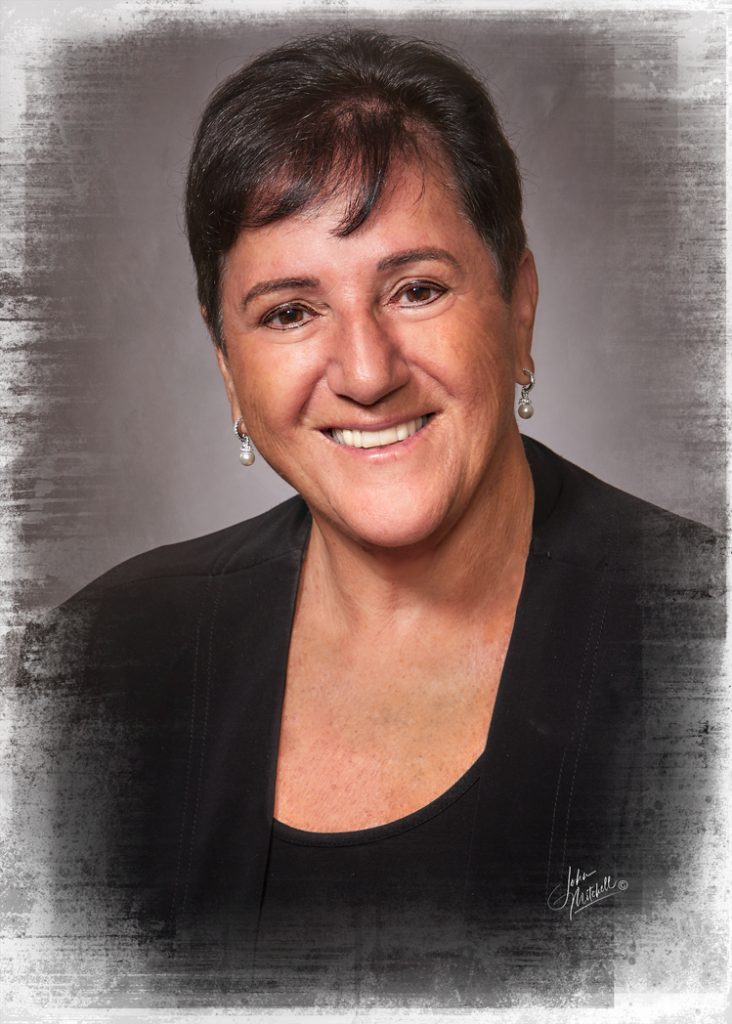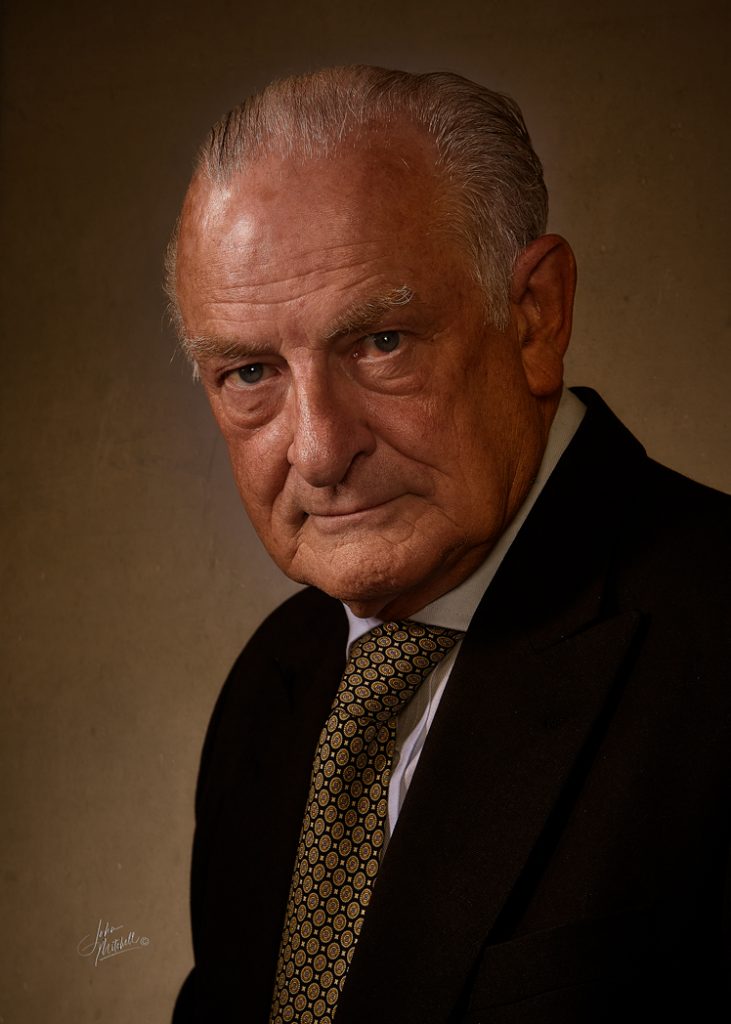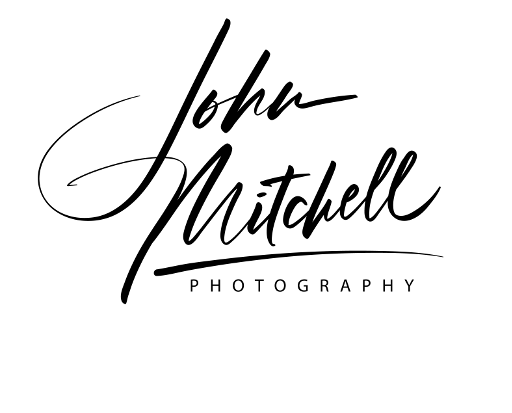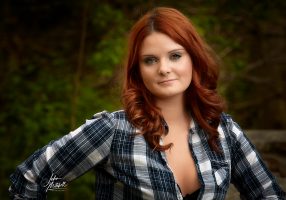What happens when it’s the head of a person?
In taking the photographs the same decisions have to be made. From which angle does it look the best? This can and has got me in trouble with clients in the past. It’s not that I got the wrong angle, it was the client had never seen themselves from that angle and were not accustomed to seeing themselves like that.
It was the late – great photographer Don Blair (aka Big Daddy) that taught me you can often learn more about the photographer than the subject by studying the camera angle. Just as the photographer can have a bias that impacts their choice of camera angle, so to the client can have the same bias and not even be aware of it.
“Big Daddy pointed out that a short photographer is accustomed to seeing a face from below eye level and will often have the camera positioned to that lower viewpoint. Whereas, a tall photographer will often have the angle of the camera set above eye level. The lower angle highlights the underside of the chin and the nostrils, while the higher angle emphasizes the forehead and foreshortens the chin.
That is why it is so important to understand the proper proportions of a face, so that you can choose the right angle for viewing. This does not mean there isn’t a right time for that elevated or lower camera angle.
Just like the image of a flower, there are so many other attributes of the image to consider. How much saturation is right, for example? Caucasian skin is NOT orange. But, you wouldn’t know that by looking at the business portraits on a lot of billboards or the back of a bus. Likewise, the skin is not colourless or pale white. In addition to knowing the actual colour of the skin, you must consider the impact of the light in the situation will have on the skin.
Ansel Adams said:
The negative is the equivalent of the composer’s score, and the print the performance.
Thus, the importance of the print. It completes the artist’s vision of the subject.
Today I don`t use skin softening software. It destroys the character of the subject. The skin texture is very much a part of our makeup and needs to be included in the portrait. I have grown beyond the need to have soft skin that made subjects look like artificial manikins.

In this portrait of a politician it is important they face directly to the camera (the viewer) and have direct eye contact. The image must be engaging. I left texture on the skin, some skin blemish, and a little of the lines under the eyes. Shouldn’t a politician have the maturity that comes with life experience? A gentle loop light pattern yields a three-dimensional appearance to the face.
This isn’t the way I would finish a normal business portrait, but it is how I would finish a fine art print. The unfinished edges speak to the fact the subject is a work in progress and hasn’t finished making their contribution to society. The image would be printed on textured watercolour paper and have several layers of varnish applied to both protect the surface and bring to life the subtle details in the image. The final decision in the presentation is selecting the right frame to accent this beautiful image.

In this portrait of a business executive, I wanted the subject to look at the audience but not square to the camera. Having the subject turned on a slight angle creates gentle diagonal lines that bring a sense of life and action to the subject. I know enough to have the subject lean into the portrait, not look like they’re falling out of it.
I wanted to lighten lines and blemishes but I did not want to remove them. The incredible detail in the face speaks of the subject’s knowledge and life experience, which also suggests their attention to detail.
Again, this is not the way I would finish a normal business portrait. In order to raise the quality of this fine art portrait, colour overlays have been added to give a painted look, rather than just being another photograph. Textures were also added to the background for the same reason. The finished image is printed on a textured watercolour paper that is then treated with multiple layers of varnish to seal, protect and bring alive the amazing colours and details in the print.
Imagine having fine art portraits like these hanging in your office and your clients asking “is that a painting or a photograph?” It’s all about presentation. Do you look as successful as you want your clients to believe you are?
Fine art finishing helps, but it all begins with experience analysis of the face, knowing the proper camera angle, and most importantly how to light the subject.
Are you ready to separate yourself from your competition? I’m John Mitchell, and I’m a photographic portrait artist.




